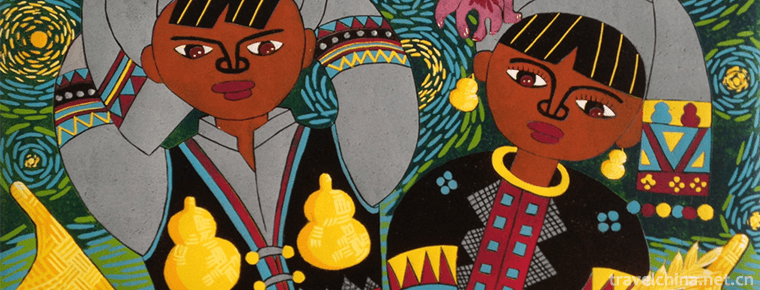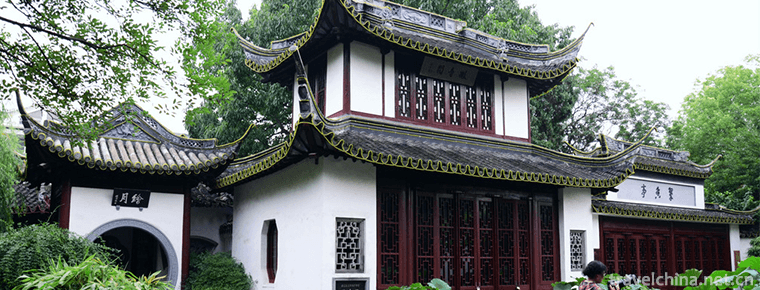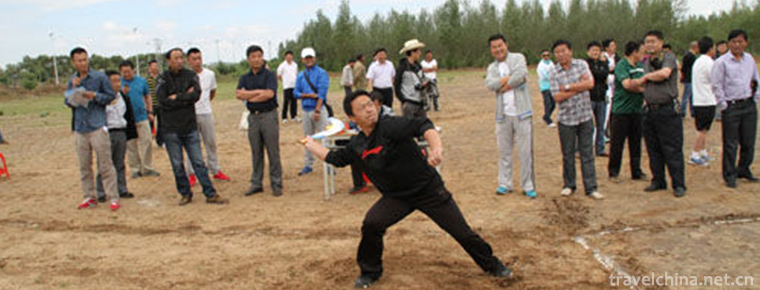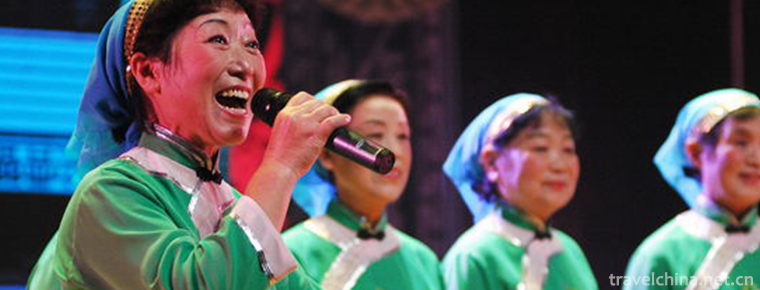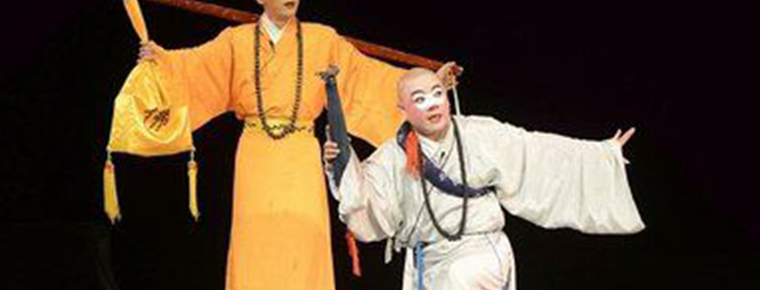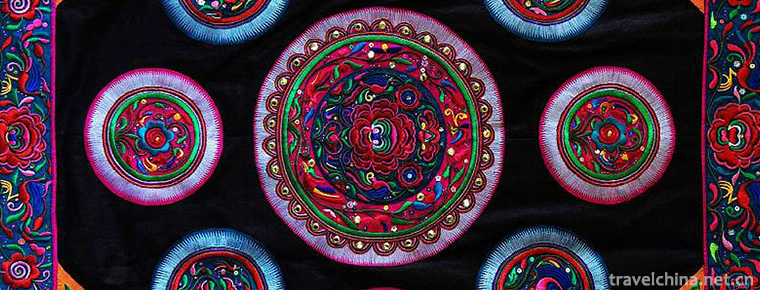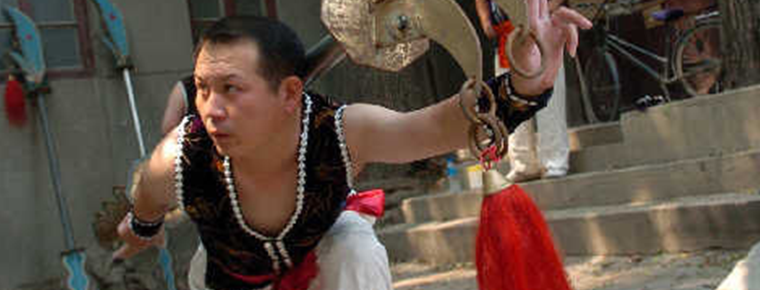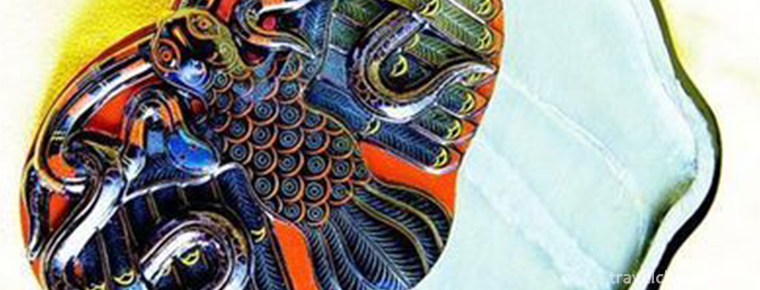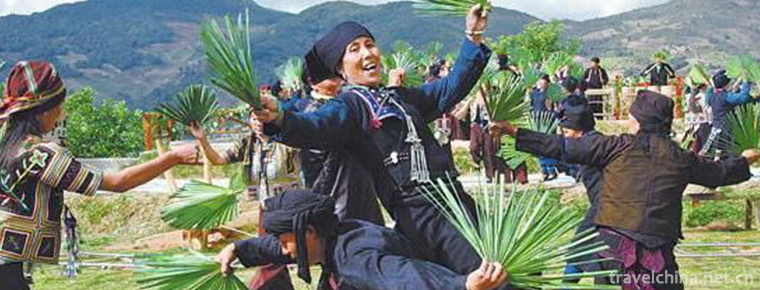String Music Heze String Music
String Music Heze String Music
Heze string music is one of the second batch of national intangible cultural heritage announced by the State Council. It is a well-known traditional folk music in southwestern Shandong Province, and it is popular in Heze and Heze surrounding areas. Heze string music has a long history, elegant style and elegant music.
origin
Heze string music has a long history, elegant style and elegant music. It is mainly distributed in the villages of Yuncheng and Juancheng counties in Heze City. Usually it is played by four kinds of silk string instruments: Zheng, Pipa, Yangqin and Ruyigong. It can also be played only by Zheng and Yangqin, or by Zheng and Yangqin, Pipa, or by soft bow Hu, Yuanhu and Erhu. The flexible combination and free collocation of musical instruments can be said to be the oriental folk symphony.
perform
In Heze, string-rope music is a way for folk artists to entertain themselves. It can be played in temples, family courtyards and other places during temple fairs, holidays or winter leisure. The metropolis plays two or three instruments and can play other instruments when it is short of hands.
Heze string music has ten sets of ancient music, each of which is a set of Yeba Ban. Artists call it "touching eight boards". Because each of the eight phrases of the song has eight boards, the whole song has four boards in addition to the structure. It is called "Ye 68 board" and "Touch 8 board". The instruments used constitute different parts of the voice.
The melodies of these voices are derived from the eighth slab of the mother curly leaves. So we can collide wildly and form a unified and harmonious whole. The melody of Heze string music is elegant and melodious, and the harmony is melodious and melodious. It has both antique style and distinct local color.
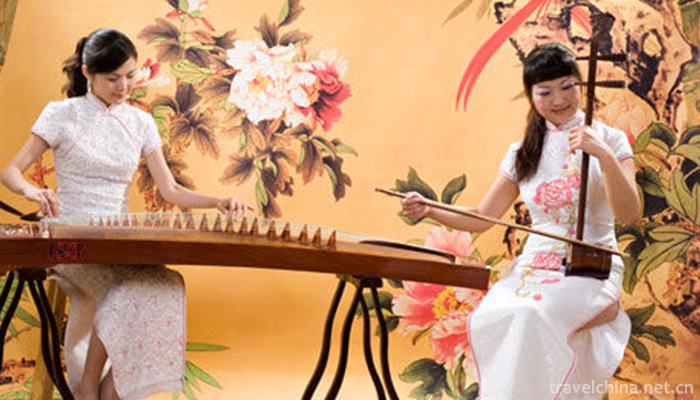
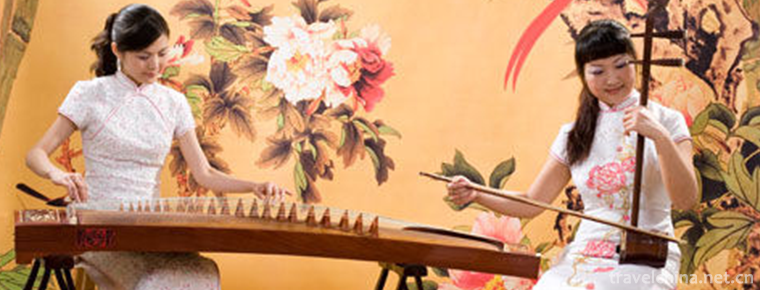
String Music Heze String Music
-
Mupa Mipa
Mupa Mipa, a local traditional folk literature in Simao City, Yunnan Province, is one of the national intangible cultural heritage.
Views: 370 Time 2018-12-15 -
Size Dongtian Scenic Spot
The Size Dongtian Scenic Area (formerly known as the Haishan Scenic Spot and Aoshan Scenic Spot) is located in the southern corner of Hainan Province, 40 kilometers west of Sanya City
Views: 395 Time 2019-01-07 -
Guyi Garden
Guyi Garden is located in Nanxiang Town, Jiading District, northwest suburb of Shanghai. It was built in Jiajing period of Ming Dynasty. Its original name is "Yiyuan". It was taken from the
Views: 137 Time 2019-01-12 -
Tianzhu Mountain National Forest Park
Tianzhushan National Forest Park, a national 4A-level tourist attraction, is located in Tianzhushan Town, 30 kilometers southeast of Shanyang County Town, Shaanxi Province, south of Huling and north o
Views: 165 Time 2019-02-22 -
Bru
Bru, Mongolian means throwing. Competitions are divided into two categories: long throw and accurate throw, mostly held in festive festivals. The long throw is to decide
Views: 472 Time 2019-04-04 -
Chaohu folk songs
Chaohu Folk Song, the local traditional music of Chaohu City, Anhui Province, is one of the national intangible cultural heritage. On May 20, 2006, Chaohu
Views: 283 Time 2019-04-16 -
Hit City drama
Dacheng Opera, a local traditional drama in Quanzhou City, Fujian Province, is one of the national intangible cultural heritage.
Views: 211 Time 2019-04-22 -
Dong embroidery
Dong embroidery is an important branch of Chinese minority embroidery, which uses a needle to puncture and attaches various colored silk or cotton threads to the surface of the fabric to form various
Views: 135 Time 2019-04-27 -
Hui Heavy Knife Wushu
Heavy knife is the original name of big knife. It is a traditional weapon around Beijing and Tianjin. It has a history of thousands of years in China. The original name of Jinmen
Views: 181 Time 2019-05-04 -
Lacquerware Decoration Techniques
Chu-style lacquerware decoration is a traditional folk lacquerware decoration technique. By the Spring and Autumn Period and the Warring States Period, the production technology
Views: 100 Time 2019-06-10 -
Brown Fan Dance
On the day of the grand Brown fan dance festival, adult men gather in groups on a square with their own delicacies and rice wine every day, and hold a large-scale Brown fan dance activities by arrangi
Views: 390 Time 2019-08-16 -
China Foreign Affairs University
China Foreign Affairs University is a small scale, high level and distinctive foreign ministry's sole institution directly under the guidance of serving the cause of China's diplomacy and cultivating
Views: 182 Time 2019-11-29
